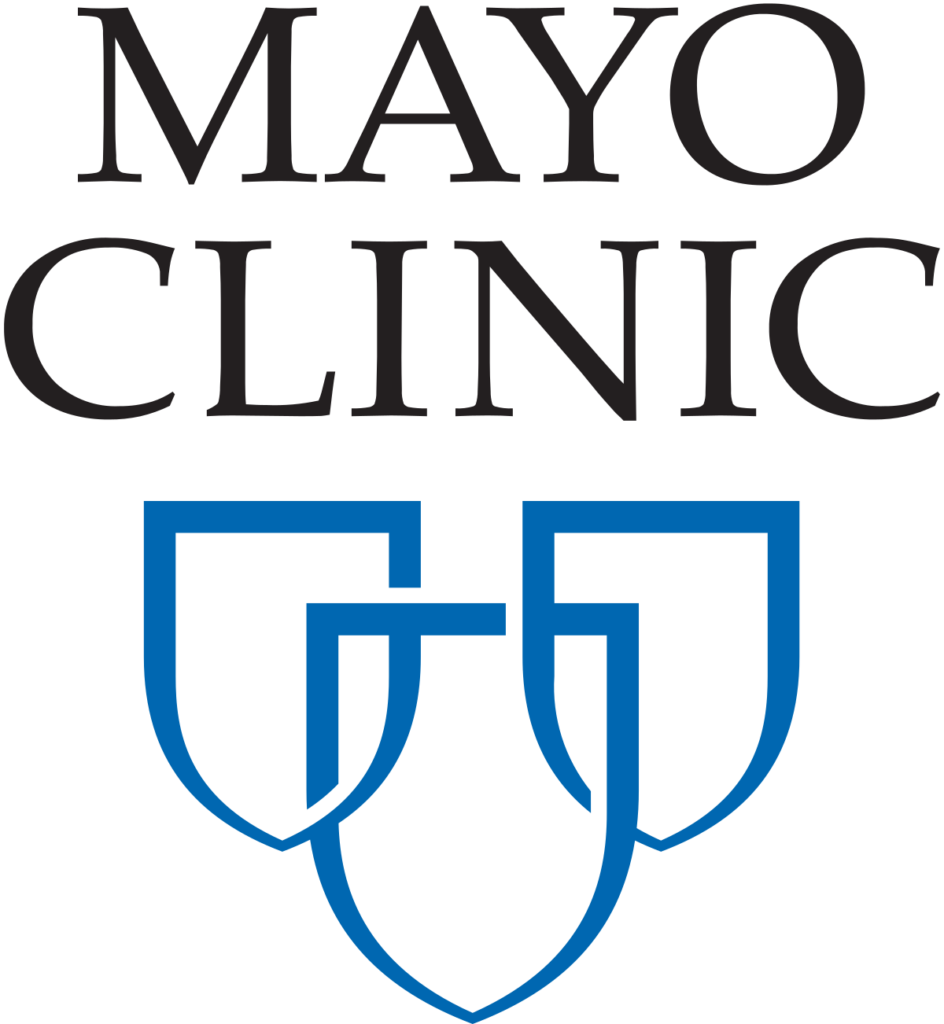Mayo Clinic in Florida: First hospital in the world to use a new heart pump as bridge to transplant

Mayo Clinic in Jacksonville, Florida, is the sole facility worldwide that is using a temporary, axillary-placed heart pump as a bridge to transplant. This device, which assists the pumping action of the heart, offers multiple benefits for patients with severe heart failure and their physicians.
According to Rohan M. Goswami, M.D., an advanced heart failure and transplant cardiologist at Mayo Clinic, patients with heart failure who are candidates for heart transplant fall into two categories:
- Those who are really sick, but not ill enough for hospital admission
- Those who are very sick and need continuous in-hospital IV therapies to live
The latter group has a comparatively higher risk of long-term complications and death with limited survival to heart transplant.
Previous standard heart pump and its challenges
Until now, the sole therapy for some patients to survive to transplant was a left ventricular assist device (LVAD). An LVAD is surgically implanted into the left ventricle, which pumps blood and supports the patient. However, an LVAD has its own complications, including infection, stroke, bleeding and antibody development against future organ transplantation. Furthermore, the survival to transplant, due to increased waitlist times, is not ideal for many patients.
In addition, UNOS changed heart transplant listing criteria, adding further challenges to use of an LVAD as a bridge to transplant. The revised criteria increase waitlist times — oftentimes doubles the wait — for patients with LVADs.
New support option and its benefits
According to Dr. Goswami, the drawbacks of LVADs offered an opportunity to innovate, leading Mayo Clinic in Florida to serve as a preclinical testing site for the Impella 5.5 heart pump. The device takes over the left side of the heart and helps support the entire circulatory system. It optimizes all organs and improves fluid management in patients with heart failure, while helping patients maintain ambulatory status until heart transplant. Dr. Goswami and his transplant team have now implanted 21 of the devices as a bridge to transplant, the most in any transplant center to date.
Advantages of the new device over the LVAD include:
- Allows patients to ambulate and continue their daily activities, including exercise while in the hospital.
- Enhances optimization of the patient’s entire body pretransplant.
- Lowers transfusion rates and leads to less heart dilation.
- Shortens transplant waitlist time: The average wait is 350 to 700 days with an LVAD. With the new pump, the team’s average is less than 30 days, as patients who have this device are higher on the waitlist.
- Increases patients’ pre-surgical exercise potential.
- Lowers complication rates and helps patients fare better in the OR.
While researchers found that a previous version of this heart pump put patients at high risk of hemolysis and clotting, the current version has a low risk of these issues. At Mayo Clinic, no patients have developed hemolysis and two out of 20 patients experienced clotting, yet they didn’t require device removal.
“From a surgical standpoint, this heart pump cleans the patients up, and they aren’t as high risk as patients without this device in the OR,” says Dr. Goswami. For instance, a patient with the new device will have fewer support needs post-surgically, such as days on the ventilator or need for dialysis.
Dr. Goswami also mentions that LVADs present surgical difficulties and increased operative time. “Removing an LVAD from a patient is like torture for the surgeon, as it’s been in so long and the patient has had previous chest surgery, leading to scarring,” he says.
Post-transplant to hospital discharge time has been similar for patients who’ve had an LVAD and for those who’ve had an Impella 5.5, says Dr. Goswami. He attributes the average hospital stay of nine days after a heart transplant for patients with both pumps to strong ICU care at Mayo Clinic.
For patients who receive the Impella 5.5, the vasoactive-inotropic score — a measure of how sick a patient is after cardiopulmonary bypass — is half the score of patients who receive an LVAD. According to Dr. Goswami, patients’ pre-transplant status can improve up to 90% with the new device, and fewer patients will die while waiting for transplants. This pump also has increased the heart transplant rate at Mayo Clinic in Florida from 25 to 30 transplants a year before the Impella 5.5 to one heart transplant a week in 2020.
“Our three-year survival with this pump bridging to heart transplant is 100%, with sicker patients than we transplanted previously who had the LVAD as a bridge to transplant,” says Dr. Goswami.
What this means for referring physicians and their patients
Dr. Goswami encourages physicians to refer their patients with heart failure who require transplant to the Mayo Clinic heart transplant team in Florida. He says use of the new heart pump, currently only available at this facility, can shorten patients’ wait times and lead to better outcomes with fewer pre- and post-transplant complications. His team takes prides in keeping in close contact with referring physicians about their patients.
Continuing research on the new heart pump
Dr. Goswami explains that, ideally, the pump could optimize a heart so much that a patient could forgo a transplant and potentially recover. A clinical trial he’s leading will look at biomarkers to predict recovery for patients with acute heart failure. “Ideally, we don’t want to transplant anybody,” says Dr. Goswami. “It’s ideal for patients to recover.”
Disclosure: Rohan M. Goswami, M.D., is a speaking consultant for Abiomed, provider of the Impella 5.5, with no financial support for research.